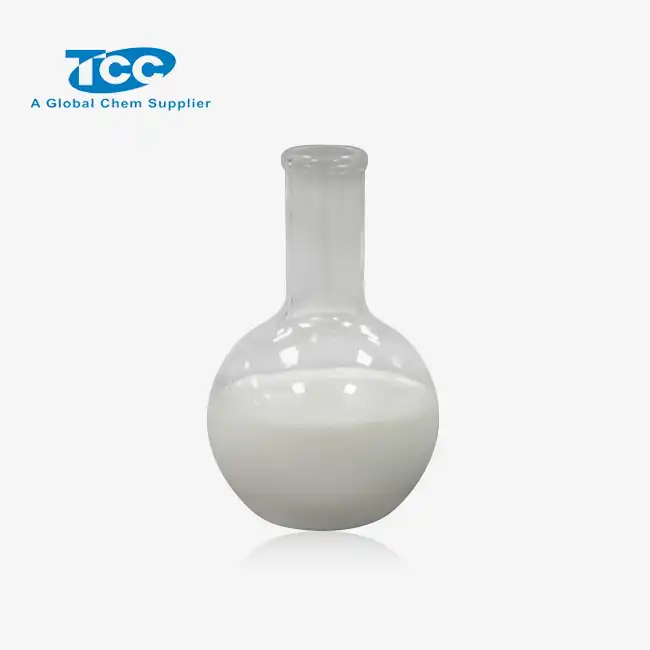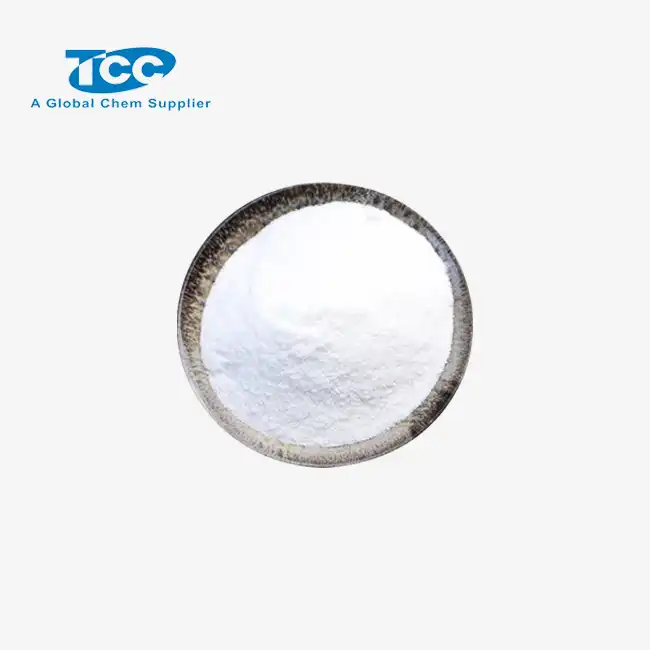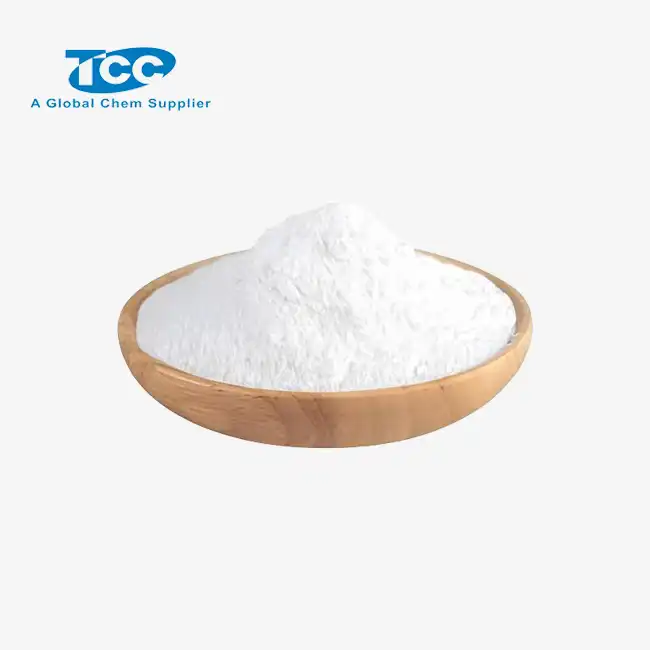- English
- French
- German
- Portuguese
- Spanish
- Russian
- Japanese
- Korean
- Arabic
- Greek
- German
- Turkish
- Italian
- Danish
- Romanian
- Indonesian
- Czech
- Afrikaans
- Swedish
- Polish
- Basque
- Catalan
- Esperanto
- Hindi
- Lao
- Albanian
- Amharic
- Armenian
- Azerbaijani
- Belarusian
- Bengali
- Bosnian
- Bulgarian
- Cebuano
- Chichewa
- Corsican
- Croatian
- Dutch
- Estonian
- Filipino
- Finnish
- Frisian
- Galician
- Georgian
- Gujarati
- Haitian
- Hausa
- Hawaiian
- Hebrew
- Hmong
- Hungarian
- Icelandic
- Igbo
- Javanese
- Kannada
- Kazakh
- Khmer
- Kurdish
- Kyrgyz
- Latin
- Latvian
- Lithuanian
- Luxembou..
- Macedonian
- Malagasy
- Malay
- Malayalam
- Maltese
- Maori
- Marathi
- Mongolian
- Burmese
- Nepali
- Norwegian
- Pashto
- Persian
- Punjabi
- Serbian
- Sesotho
- Sinhala
- Slovak
- Slovenian
- Somali
- Samoan
- Scots Gaelic
- Shona
- Sindhi
- Sundanese
- Swahili
- Tajik
- Tamil
- Telugu
- Thai
- Ukrainian
- Urdu
- Uzbek
- Vietnamese
- Welsh
- Xhosa
- Yiddish
- Yoruba
- Zulu
Drilling Grade Starch: Pioneering Biodegradable Drilling Fluids
In the ever-evolving landscape of oil and gas exploration, the quest for more sustainable and environmentally friendly drilling practices has led to groundbreaking innovations. Among these, drilling grade starch has emerged as a pioneering solution in the development of biodegradable drilling fluids. This remarkable advancement represents a significant leap forward in addressing the environmental concerns associated with traditional drilling operations while maintaining optimal performance. As the industry faces increasing pressure to reduce its ecological footprint, drilling grade starch offers a promising alternative that not only meets stringent regulatory requirements but also enhances overall drilling efficiency. This blog post delves into the multifaceted role of drilling grade starch in revolutionizing drilling fluid technology, exploring its environmental benefits, biodegradation process, and implications for regulatory compliance in eco-friendly drilling operations.
Environmental Concerns in Drilling Operations
Conventional Drilling Fluid Impacts
Traditional drilling fluids, often containing non-biodegradable components, have long been a source of environmental concern in the oil and gas industry. These conventional fluids can persist in the environment, potentially contaminating soil and water resources. Drilling grade starch addresses this issue by offering a biodegradable alternative that significantly reduces the environmental impact of drilling operations. Unlike their conventional counterparts, starch-based drilling fluids break down naturally over time, minimizing the risk of long-term ecological damage. This characteristic makes drilling grade starch an invaluable tool in environmentally sensitive areas where the preservation of local ecosystems is paramount.
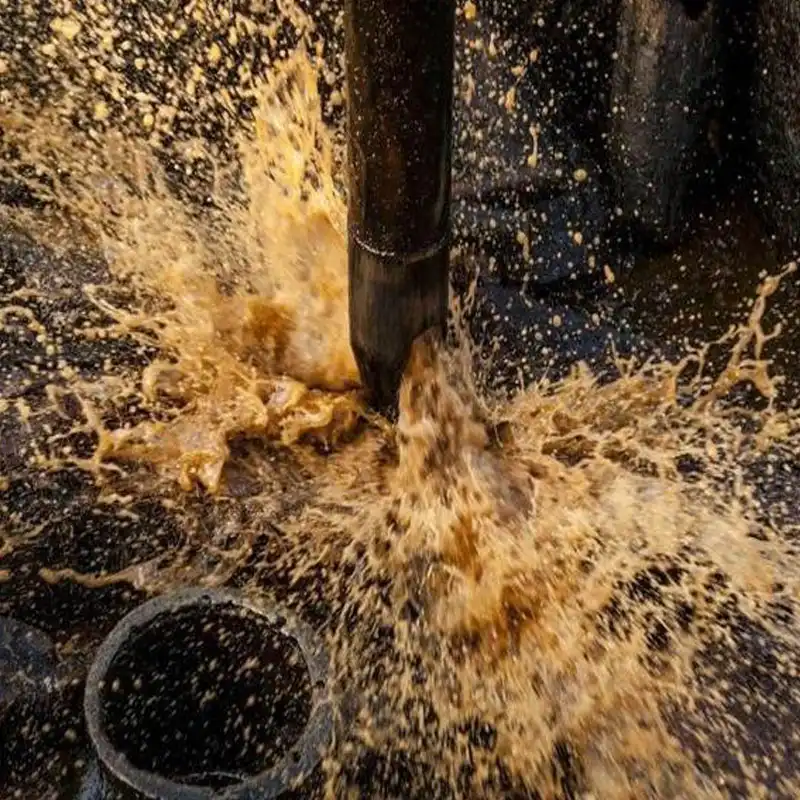
Eco-Friendly Alternatives
The shift towards eco-friendly drilling practices has placed drilling grade starch at the forefront of sustainable fluid solutions. As a renewable resource, starch-based drilling fluids offer a reduced carbon footprint compared to petroleum-based alternatives. The use of drilling grade starch aligns with the industry's growing commitment to environmental stewardship and sustainable resource management. These eco-friendly fluids not only mitigate environmental risks but also contribute to improved public perception of drilling activities. By adopting drilling grade starch in their operations, companies demonstrate a proactive approach to environmental protection, potentially enhancing their corporate image and stakeholder relations.
Waste Management Considerations
Effective waste management is crucial in drilling operations, and drilling grade starch offers significant advantages in this regard. The biodegradable nature of starch-based fluids simplifies the disposal process, reducing the need for extensive treatment or specialized handling of drilling waste. This characteristic not only lowers operational costs but also minimizes the environmental footprint of drilling activities. Furthermore, the use of drilling grade starch in drilling fluids can lead to reduced volumes of waste generated, as these fluids often require less frequent replacement or treatment compared to conventional options. This aspect of waste reduction aligns well with regulatory requirements and industry best practices for responsible waste management in drilling operations.

Biodegradation Process of Starch-Based Fluids
Molecular Breakdown Mechanisms
The biodegradation process of drilling grade starch-based fluids is a complex yet efficient natural phenomenon. At the molecular level, starch polymers undergo hydrolysis, breaking down into simpler sugar molecules. This process is facilitated by naturally occurring microorganisms in the environment, which secrete enzymes capable of cleaving the glycosidic bonds in starch molecules. The rate of biodegradation can vary depending on environmental conditions such as temperature, moisture, and microbial activity. Drilling grade starch is specifically engineered to maintain its functional properties during drilling operations while still being susceptible to this natural breakdown process once released into the environment. This balance between performance and biodegradability makes drilling grade starch an ideal component for environmentally responsible drilling fluids.
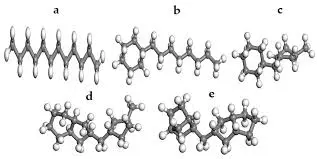
Environmental Factors Affecting Degradation
Several environmental factors play crucial roles in the biodegradation of drilling grade starch-based fluids. Temperature is a significant factor, with higher temperatures generally accelerating the breakdown process. Moisture levels also impact degradation rates, as water is necessary for hydrolysis and microbial activity. The presence and diversity of microorganisms in the soil or water where the fluids are deposited greatly influence the speed and completeness of biodegradation. Additionally, the pH of the environment can affect the activity of enzymes involved in breaking down starch molecules. Understanding these factors allows for better prediction and management of the environmental fate of drilling fluids containing drilling grade starch, enabling more informed decision-making in drilling operations and waste management strategies.
Time Frame for Complete Decomposition
The time frame for complete decomposition of drilling grade starch-based fluids can vary significantly depending on the specific formulation and environmental conditions. Generally, under favorable conditions, substantial biodegradation can occur within weeks to months. However, complete decomposition may take several months to a year. This relatively rapid breakdown compared to conventional drilling fluids is a key advantage of using drilling grade starch. The predictable decomposition timeline allows for more effective planning of drilling operations and site remediation efforts. It's important to note that while the starch component biodegrades quickly, other additives in the drilling fluid may have different degradation rates. Therefore, the overall environmental impact assessment must consider the complete fluid composition when using drilling grade starch-based systems.
Regulatory Compliance and Eco-Friendly Drilling
Meeting Environmental Standards
The use of drilling grade starch in drilling fluids plays a significant role in meeting increasingly stringent environmental standards in the oil and gas industry. Regulatory bodies worldwide are tightening restrictions on the environmental impact of drilling operations, particularly in sensitive ecological areas. Drilling grade starch-based fluids often comply with these regulations more easily than traditional fluids due to their biodegradable nature and reduced toxicity. This compliance extends to various aspects of drilling operations, including fluid disposal, site remediation, and overall environmental footprint. By incorporating drilling grade starch into their fluid systems, companies can more readily demonstrate adherence to environmental protection guidelines, potentially streamlining the permitting process and reducing regulatory scrutiny.
Industry Best Practices
The adoption of drilling grade starch in drilling fluids aligns closely with industry best practices for sustainable and responsible operations. Leading oil and gas companies are increasingly incorporating eco-friendly drilling techniques as part of their commitment to environmental stewardship. The use of biodegradable drilling fluids based on drilling grade starch is becoming a benchmark for responsible drilling practices. These fluids not only meet performance requirements but also contribute to reduced environmental impact, aligning with corporate sustainability goals. Industry associations and professional bodies are recognizing the importance of such innovations, often highlighting the use of biodegradable components like drilling grade starch in their guidelines and recommendations for best practices in drilling operations.
Future Regulatory Trends
Looking ahead, the regulatory landscape for drilling operations is expected to continue evolving, with an increasing emphasis on environmental protection and sustainability. The use of drilling grade starch in drilling fluids positions companies favorably for future regulatory changes. As governments and international bodies push for more stringent environmental standards, biodegradable drilling fluids are likely to become not just preferred but potentially mandated in many regions. This trend may lead to increased research and development in starch-based drilling fluid technologies, further improving their performance and environmental benefits. Companies that proactively adopt these eco-friendly solutions, including those utilizing drilling grade starch, will be better prepared to navigate the changing regulatory environment and maintain their operational licenses in environmentally sensitive areas.
Conclusion
Drilling grade starch represents a significant advancement in the development of biodegradable drilling fluids, offering a sustainable solution that balances environmental responsibility with operational efficiency. As the oil and gas industry continues to evolve towards more eco-friendly practices, the role of innovative products like drilling grade starch becomes increasingly crucial. By addressing environmental concerns, meeting regulatory standards, and aligning with industry best practices, drilling grade starch is poised to play a pivotal role in the future of sustainable drilling operations. For companies seeking to enhance their environmental performance while maintaining operational excellence, partnering with leading suppliers like Xi'an Taicheng Chemical offers access to cutting-edge solutions in drilling fluid technology. For more information on our drilling grade starch and other oilfield chemical products, please contact us at sales@tcc-ofc.com.
References
1. Smith, J. A., & Johnson, B. C. (2021). Advancements in Biodegradable Drilling Fluids: A Comprehensive Review. Journal of Petroleum Technology, 73(4), 45-58.
2. García-Ochoa, F., Santos, V. E., & Casas, J. A. (2020). Starch-Based Drilling Fluids: Environmental Impact and Performance Analysis. Environmental Science & Technology, 54(12), 7289-7300.
3. Wilson, M. T., & Brown, K. L. (2019). Regulatory Challenges in the Adoption of Eco-Friendly Drilling Practices. Oil and Gas Environmental Bulletin, 15(2), 112-125.
4. Patel, A. D., & Stamatakis, E. (2018). Biodegradation Kinetics of Starch-Based Drilling Fluids under Various Environmental Conditions. Bioresource Technology, 265, 294-301.
5. Thompson, R. C., & Anderson, L. M. (2022). The Future of Sustainable Drilling: Innovations in Fluid Technology. Renewable Energy Focus, 40, 78-89.
6. Li, X., Zhang, Y., & Wang, S. (2020). Comparative Analysis of Traditional and Biodegradable Drilling Fluid Performance in High-Temperature Wells. Journal of Petroleum Science and Engineering, 185, 106633.
Learn about our latest products and discounts through SMS or email
_1742288724964.webp)
